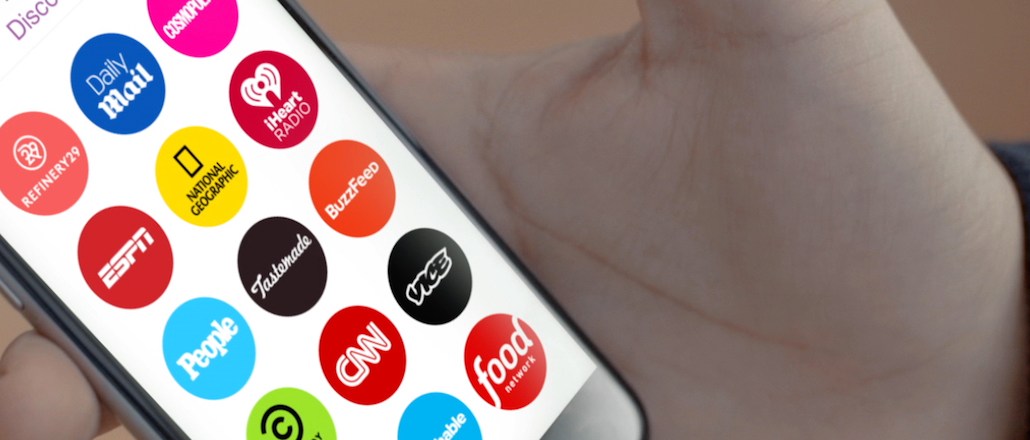How publishers are adapting their video strategies in the age of platforms

Many publishers have embraced Facebook, Snapchat and other social platforms as important distribution channels. But while these platforms certainly promise large and potentially new audiences, each one is unique. What works on YouTube will not work on Facebook. What works on Facebook will not work on Snapchat. And so on. At the Digiday Publishing Summit underway in Vail this week, we grabbed a few video publishers and asked them: With social platforms prioritizing video, how has that changed the way you structure video and social internally?
Philippe von Borries, co-founder and CEO, Refinery29:
One thing that we’ve done at a very high level is brought editorial, video and social together under the leadership of one person [Refinery29 chief content officer Amy Emmerich]. That was a big step for us because for the most part, video, editorial and social were kept separate because they were so different. There’s enormous potential in integrating them, which makes sense when you’re talking about a distributed platform world. It’s all about engagement, and it does not matter if that’s an article, a video, a live stream, or anything else.
Gretchen Tibbits, COO, LittleThings:
It’s a perpetual dialogue between our editor in chief, head of production and head of social analytics. We don’t put walls around it. Video is to our core and we ensure that any person at the company has the ability bring in ideas for what would be a good video for our site, Facebook native video and even Facebook Live.
Kim Lau, vp and general manager of digital, The Atlantic:
We haven’t restructured yet. Live video is an intersection of social and video, and it requires new skills for both of them. We have an events business, too, and it’ll be interesting to see how we utilize live video there. The ongoing question is, if you’re a writer who’s on camera, you’re not writing. You’re trading off. So the question is, how do we make sure we’re not overtaxing ourselves.
Sean Holzman, chief digital revenue officer, Bonnier Corp.:
When it comes to live video, a lot of it is going to have social components. So it’s housed in the edit team, and the social team sits in edit. It goes together. We’re using existing resources, but as live video matures, it’s going to need content that’s well thought-out and the ability to add things on the fly. So there will be more need for training, maybe apps.
Freddie Godfrey, director of content syndication, Newsy:
Social has changed nothing for us. It’s a complementary business, but it’s not an either/or business for us. The walled gardens that are Facebook and YouTube — they’re another place where our content is found, but we don’t put all of our videos there. Syndication is where we drill down on our business, not only because it generates revenue for us and our partners, but it also extends the Newsy name across many different communities.
Contributing: Lucia Moses
More in Media

Meta AI rolls out several enhancements across apps and websites with its newest Llama 3
Meta AI, which first debuted in September, also got a number of updates including ways to search for real-time information through integrations with Google and Bing.

Walmart rolls out a self-serve, supplier-driven insights connector
The retail giant paired its insights unit Luminate with Walmart Connect to help suppliers optimize for customer consumption, just in time for the holidays, explained the company’s CRO Seth Dallaire.

Research Briefing: BuzzFeed pivots business to AI media and tech as publishers increase use of AI
In this week’s Digiday+ Research Briefing, we examine BuzzFeed’s plans to pivot the business to an AI-driven tech and media company, how marketers’ use of X and ad spending has dropped dramatically, and how agency executives are fed up with Meta’s ad platform bugs and overcharges, as seen in recent data from Digiday+ Research.





